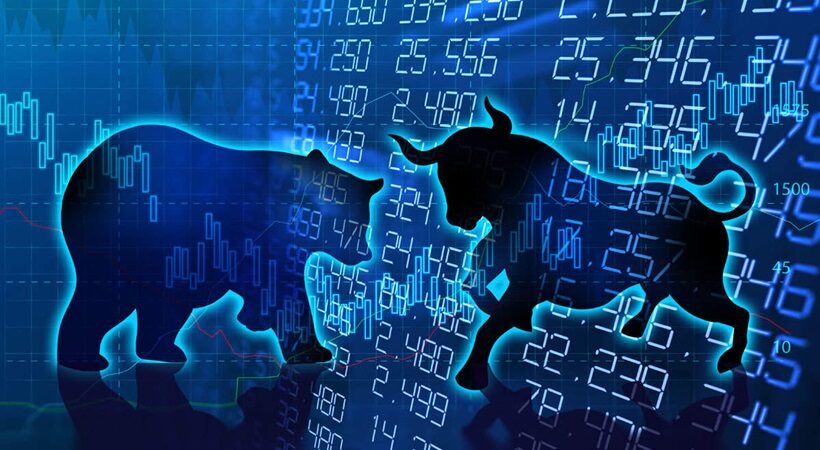National Stock Exchange (NSE) is India’s largest financial market and the fourth-largest equity market by trading volume globally. Incorporated in 1992, the NSE has developed into a sophisticated electronic market. The NSE began trading index futures on June 12, 2000, based on Nifty 50. On June 4, 2001, the exchange started trading index options. There are currently 51 stocks in Nifty, also known as Nifty50 or CNX Nifty. It is owned by India Index Services and Products Ltd. (IISL).
Understanding the National Stock Exchange of India
The National Stock Exchange of India Limited (NSE) conducts wholesale debt, equity, and derivatives. Its NIFTY 50 Index tracks the largest assets in the Indian equity market. Founded in 1990, IISL is India’s specialized index fund company with an ecosystem of ETFs, ETF F&Os, other index funds, and OTC derivatives. Investors in the US can access the index through exchange-traded funds (ETFs), such as the iShares India 50 ETF (INDY).
Sectors that are listed in NSE:
NSE 50 has a list of the Top 50 companies listed on the Indian stock exchange. The performance of our economy is determined by how well all our sectors perform, and each sector’s performance depends on the performance of individual companies. A trader should be aware of these top 50 companies in the NSE market to avoid a loss in the stock market. These top 50 companies belong to the best sectors in the economy.
It is also known as a list of companies with common operating characteristics in an economy, where companies are classified according to their category of products or services. 11 Main Sectors in NSE share market- Financial Sector, Utilities Sector, Consumer Discretionary Sector, Consumer Staples Sector, Energy Sector, Healthcare Sector, Industrials Sector, Technology Sector, Telecom Sector, Materials Sector, Real estate Sector
What is Bank Nifty?
The Bank Nifty represents the top 12 most liquid and largest capitalized stocks from the banking sector listed on the National Stock Exchange (NSE). This market benchmark captures the capital market performance of India’s banking sector.
How is Nifty Calculated?
NIFTY 50 is calculated using a method known as the free-float market capitalization-weighted method. It reflects the market value of all stocks measured against a baseline value (November 3, 1995). An organization’s market capitalization, or market cap, is the total value of shareholders’ shares, including the organization itself. In free-float market capitalization, the value of those shares available for public trading, i.e., those that the owner or government does not hold, is measured. Weighted indexing means that each stock’s component is assigned a weight according to the value of its outstanding shares in the index.
How does Nifty differ from Sensex?
Both Sensex and Nifty are stock market indices that measure the strength of the market, such that there is no main difference between them. Both indices are focused on large-cap stocks. Sensex is the stock market index for the Bombay Stock Exchange (BSE), while Nifty represents the National Stock Exchange (NSE) value. Compared to Sensex, Nifty has more listed securities, i.e. 50 stocks, whereas Sensex contains 30 stocks. Nifty is also considered to have a more diversified portfolio as compared to Sensex. Furthermore, NSE has more trading activity than BSE.



















